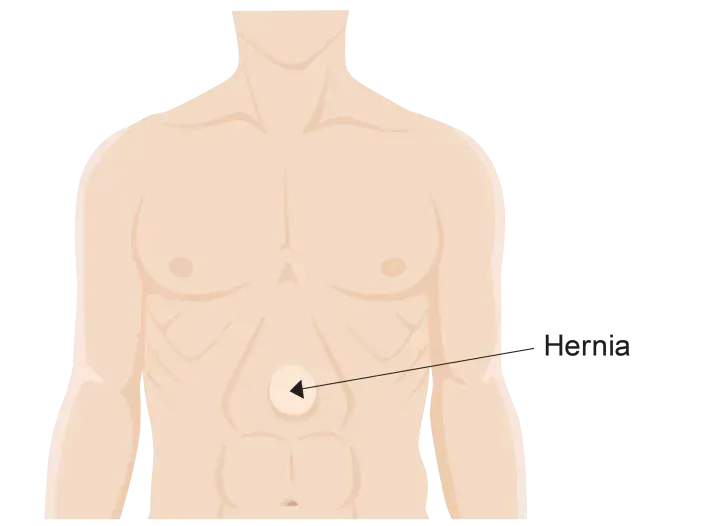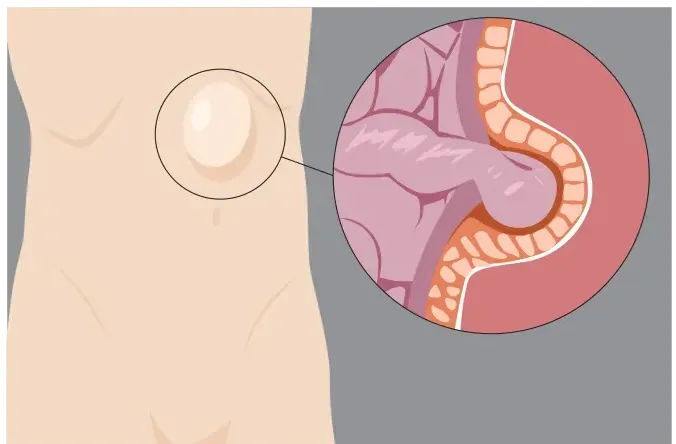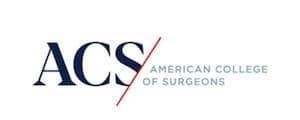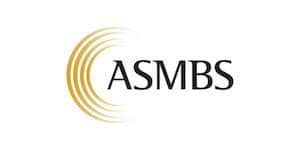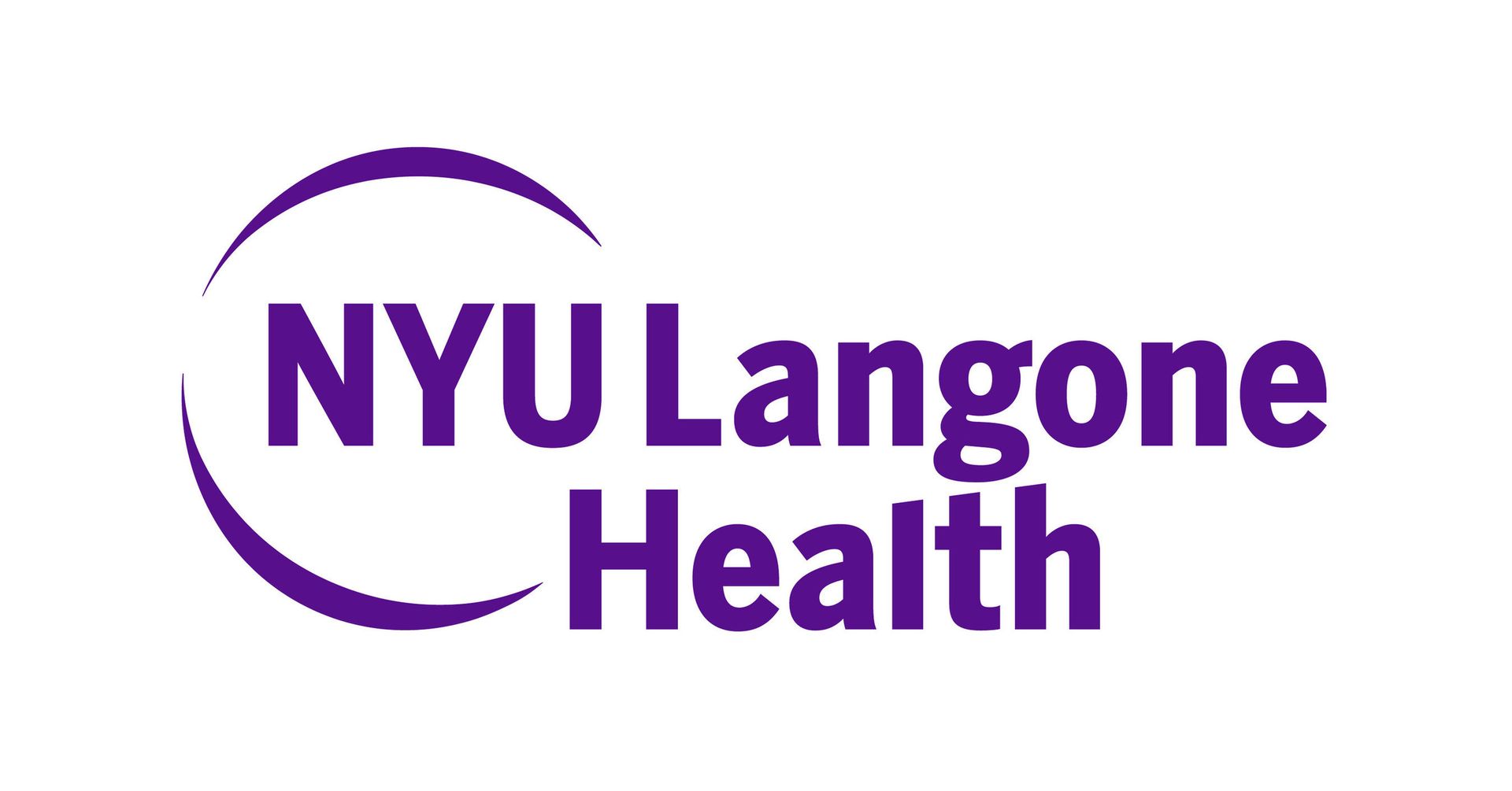About Hernia
What is a Hernia?
A hernia is a protrusion, bulge or protrusion of an organ or part of an organ through the structure or body wall that usually contains it.
This weakness or defect may occur from birth or develop over time.
A hernia will tend to enlarge and can cause discomfort and symptoms related to the organs that have herniated.
If a loop of the bowel gets caught in a hernia, it may become obstructed, or its blood supply may become impaired. A hernia that causes this type of obstruction could become a life-threatening situation.
How Does Hernia Impact You?
The impact of a hernia on your anatomy and health depends on several factors, including the location, size, and severity of the hernia. Here are some general effects and potential complications associated with hernias:
- Bulge or lump
- Discomfort or pain
- Digestive issues
- Incarceration - this refers to trapping of the hernia contents such that they cannot be reduced back into the abdomen
- Strangulation - this refers to compromise to the blood flow to the hernia contents due to entrapment within the hernia defect
- Obstruction - this refers to blockage of the bowel that is caught within the hernia.
Symptoms of Hernia
Hernias may sometimes be asymptomatic, meaning they do not cause any noticeable symptoms. Other symptoms may include:
- Visible or palpable bulge
- Discomfort or pain
- Pressure or heaviness
- Burning or aching sensation
- Changes in bowel movements
- Digestive symptoms
- Nausea and vomiting
Types of Hernia
The most common types of hernia are:
- Groin hernias - which include inguinal and femoral hernias
- Abdominal wall hernias - which include ventral (such as umbilical) and incisional hernias
- Pelvic hernias - these uncommon hernias include obturator, perineal and sciatic hernias
- Lumbar hernias
Abdominal Wall Hernias
An abdominal wall hernia is an abnormal protrusion of the abdominal contents through a weakness or defect of the abdominal wall. Hernias can be congenital or acquired, such as after a surgical incision (incisional hernia). Multiple types of hernias are based on the anatomic location and underlying pathophysiology. Hernias may present with a bulge or pain and interfere with day-to-day life.
When a hernia is reducible, the contents of the hernia can return to the abdominal cavity. Complications may occur when the hernia becomes incarcerated (irreducible), leading to pain, bowel obstruction, and bowel strangulation if the blood supply to the hernia contents is compromised.
Hernia repair involves the reduction of the hernia contents into the abdomen, closing the abdominal wall defect, and reinforcing the repair with mesh.
Groin Hernias
Inguinal Hernia
Groin hernias occur when contents of the abdomen bulge through a weak area in the lower abdominal wall. Groin hernias can occur on either side of the groin and involve the inguinal canal and the femoral canal, resulting in inguinal or femoral hernias, respectively.
Inguinal hernias most often contain fat or part of the small intestine. In girls or women, inguinal hernias may contain part of the female reproductive system, such as an ovary. When an inguinal hernia occurs, part of the peritoneum—the lining of the abdominal cavity—bulges through the abdominal wall and forms a sac around the hernia.
Symptoms of an inguinal hernia may include a bulge in the groin, a bulge in the scrotum in males, or feelings of discomfort, pain, heaviness, or burning in the groin. Symptoms may worsen with straining, coughing, lifting, or prolonged standing.
Most people with inguinal hernias will need surgery to repair the hernia. Several different types of open and laparoscopic hernia surgery are available. The type of surgery depends on factors such as the size of the hernia and your age, health, and medical history. In both open and laparoscopic repairs, mesh is used to close and strengthen the abdominal wall.
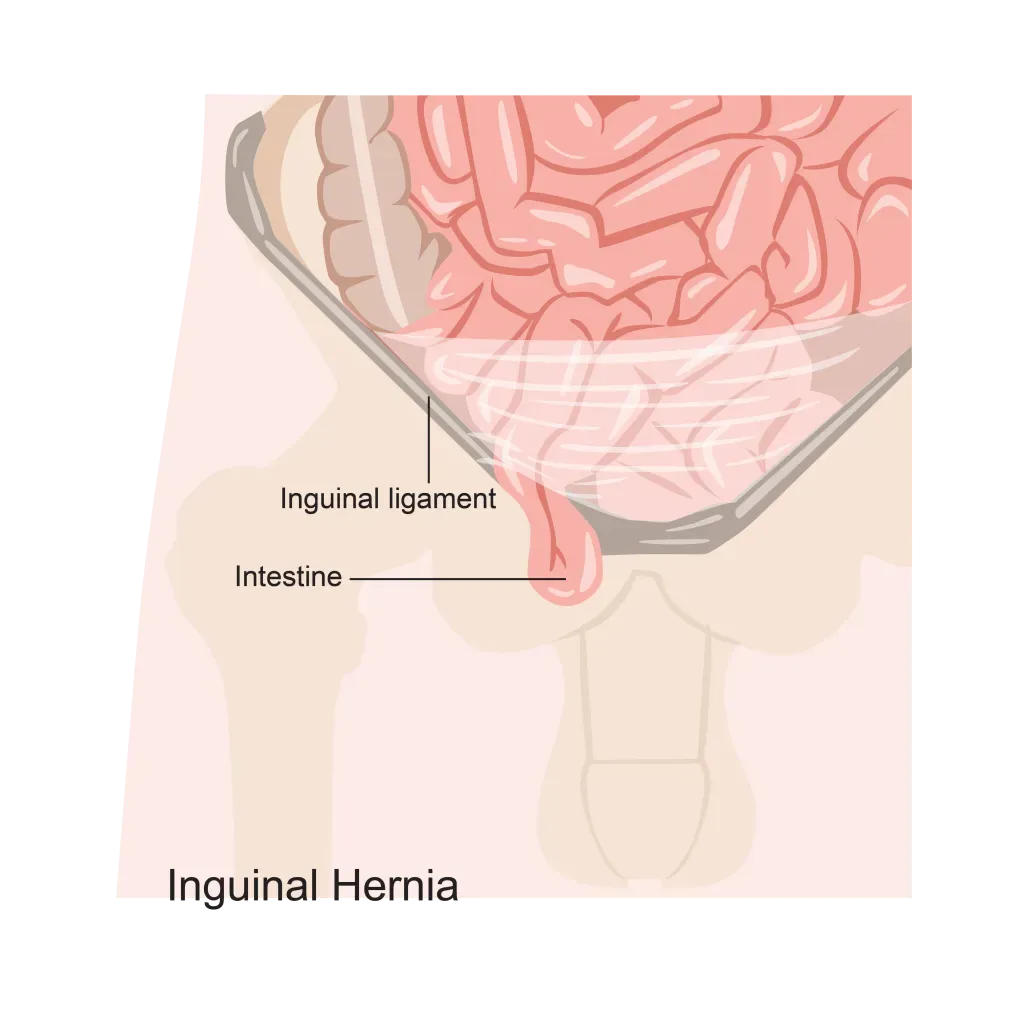
Femoral Hernia
A femoral hernia occurs when the intestine enters the canal next to the femoral vessels carrying the femoral artery into the upper thigh. Femoral hernias are most common in women. Although they occur less commonly than inguinal hernias, about 40% present as emergencies with incarceration or strangulation.
Incisional Hernia
In an incisional hernia, the intestine pushes through the abdominal wall at the site of the previous surgery.
Umbilical Hernia
An umbilical hernia has a defect in the abdominal wall at the umbilicus. Umbilical hernias are most often acquired due to increased intra-abdominal pressure brought on by obesity, abdominal distension, ascites or pregnancy. It is common in newborns and afflicts women more often than men.
Risk Factors and Causes of Hernia
Hernias are typically caused by a combination of factors that contribute to increased pressure on the muscles and connective tissues, weakening them and creating openings or weak spots through which organs or tissue can protrude. Here are some common risk factors and causes of hernias:
- Age: The risk of hernias tends to increase with age. This is because the muscles and connective tissues that support organs and structures in the body gradually weaken over time.
- Gender: Certain types of hernias are more common in specific genders. For example, inguinal hernias, which occur in the Groyne area, are more common in males. Femoral hernias, which occur in the upper thigh, are also more common in women.
- Family history: Hernias can sometimes run in families, suggesting a genetic predisposition. If you have a close family member (parent or sibling) with a hernia, you may be at a higher risk of developing one.
- Obesity: Excess weight and obesity can increase the risk of developing a hernia. The increased pressure on the abdominal muscles and weakened connective tissues make it more likely for organs or fatty tissue to protrude through openings or weak spots.
- Pregnancy: The abdominal muscles and tissues are stretched and weakened during pregnancy, which can increase the risk of developing a hernia. Additionally, the strain of carrying the baby can put pressure on the weakened areas, leading to herniation.
- Heavy lifting and straining: Jobs or activities involving heavy lifting, repetitive straining, intense physical exertion or even constipation can strain the abdominal muscles and increase the risk of hernias.
- Chronic coughing or sneezing: Conditions that cause chronic coughing or sneezing, such as chronic obstructive pulmonary disease (COPD) or persistent allergies, can increase the risk of developing a hernia. The repetitive strain on the abdominal muscles can weaken the tissues over time.
- Previous abdominal surgeries: If you have undergone previous abdominal surgeries, such as appendectomy or hernia repair, the scar tissue and weakened areas from the surgical incisions can increase the risk of developing a hernia at the site or in nearby areas.
Symptoms of Hernia
Hernias may sometimes be asymptomatic, meaning they do not cause any noticeable symptoms. Other symptoms may include:
- Visible or palpable bulge
- Discomfort or pain
- Pressure or heaviness
- Burning or aching sensation
- Changes in bowel movements
- Digestive symptoms
- Nausea and vomiting
Diagnosis of Hernia
Hernia is typically diagnosed through physical examination, medical history review, and sometimes imaging tests.
- Physical examination: your surgeon will conduct a physical examination to assess for the presence of a hernia. They will typically examine the affected area while you are standing, coughing, or straining, as these actions can make the hernia more visible or palpable. Medical history review: Your surgeon will ask you about your medical history, including any symptoms you may be experiencing. They will inquire about the location and duration of any bulges or discomfort and any factors that exacerbate or alleviate the symptoms.
- Imaging tests: In some cases, imaging tests may be ordered to confirm the diagnosis or to gather more information about the hernia. Common imaging tests used for hernia diagnosis include:
- UltrasoundCT scan (Computed Tomography)
Non-Surgical Treatment Options
Watchful Waiting
- In some cases, small and asymptomatic hernias may not require immediate treatment.
- Regular monitoring by a healthcare professional is recommended to ensure the hernia does not worsen or cause complications.
Lifestyle Modifications
- Weight management: Maintaining a healthy weight can help reduce pressure on the abdominal wall, potentially easing symptoms and preventing hernia progression.
- Quitting smoking: Smoking can weaken tissues and impair healing, so quitting smoking benefits overall health and hernia management.
Supportive Measures
- Wearing a hernia belt or truss: These devices support the affected area, helping to hold the hernia in place and reduce discomfort.
Surgical Treatment Options
Hernia Repair Surgery
Hernia Repair procedures will vary depending on the type, location and patient.
Hernia Repair may be performed as an Open Surgery, Laparoscopic Surgery or Robotic-assisted surgery. The specific details will vary depending on the type, location and contents of the hernia and the patient’s specific situation. In most cases, a mesh is used to reinforce the repair.
What if Hernia is Untreated?
If a hernia is left untreated, it can lead to various complications and potentially worsen over time. The hernia may gradually increase in size as the weakened area of the muscle or connective tissue enlarges, resulting in a more prominent bulge. Untreated hernias can cause ongoing discomfort and pain, particularly during physical activities or strain.
Acutely, hernias can present with intestinal obstruction, incarceration or strangulation and require emergency surgery. It is important to consult your surgeon regarding the appropriateness and timing of repair to prevent complications.

